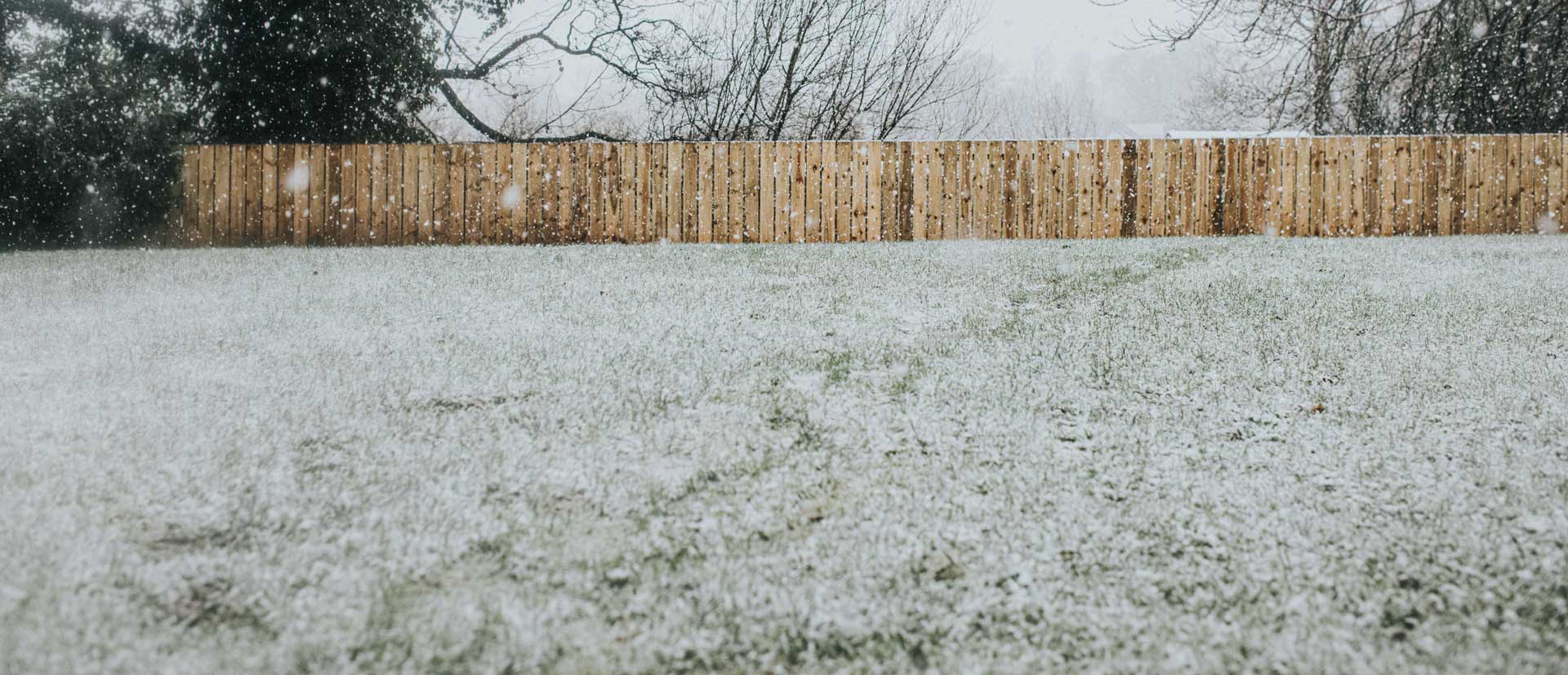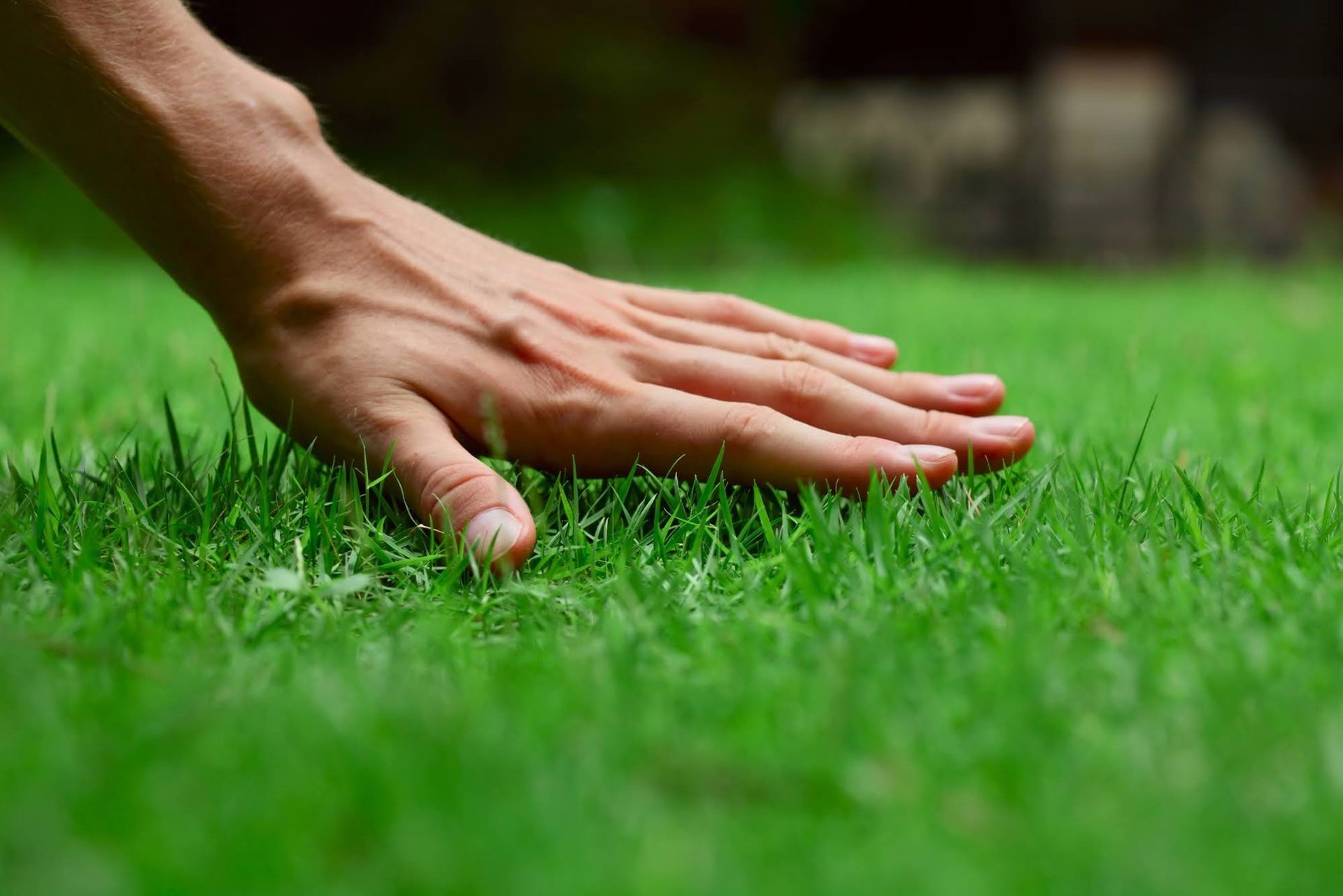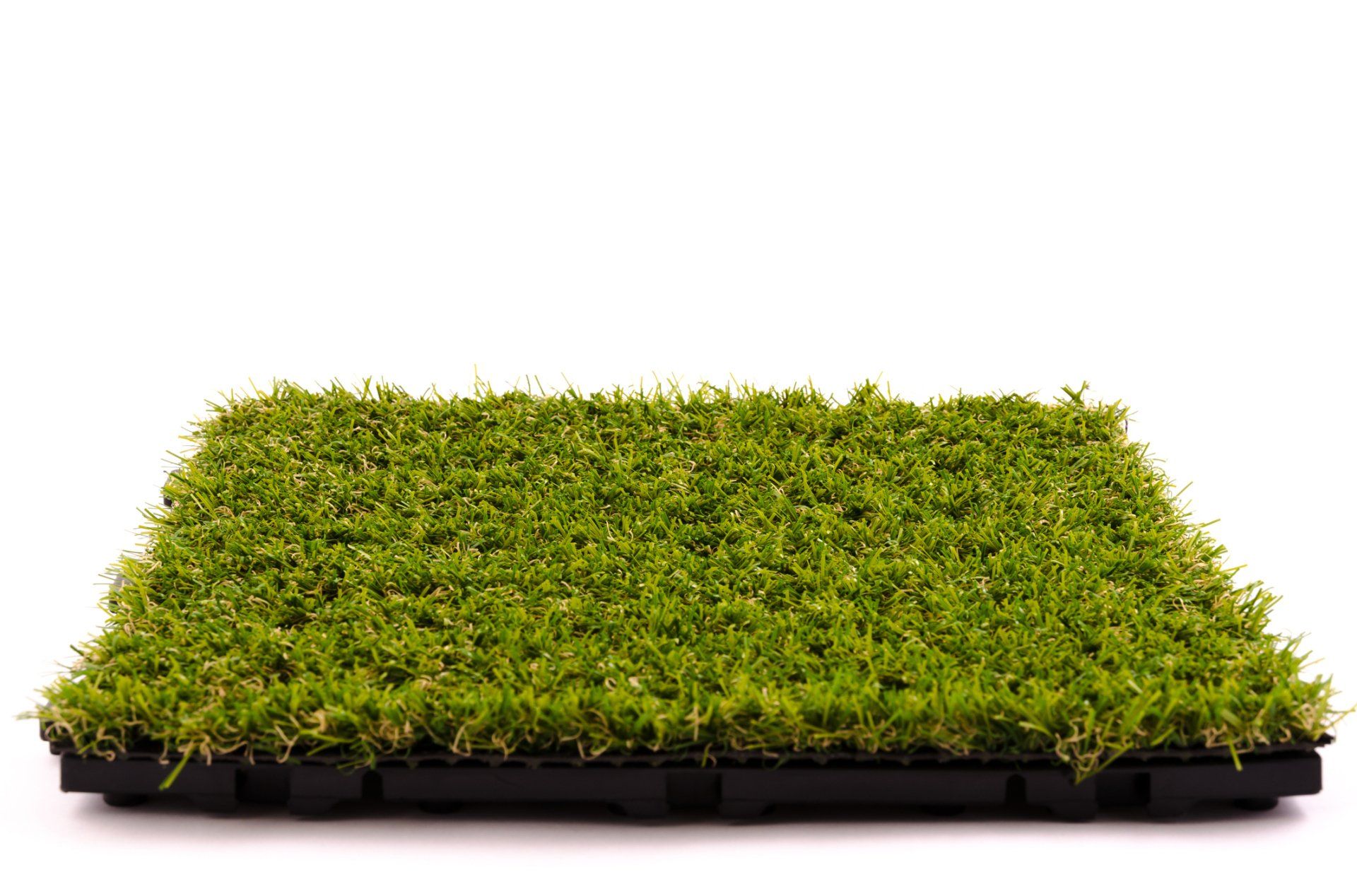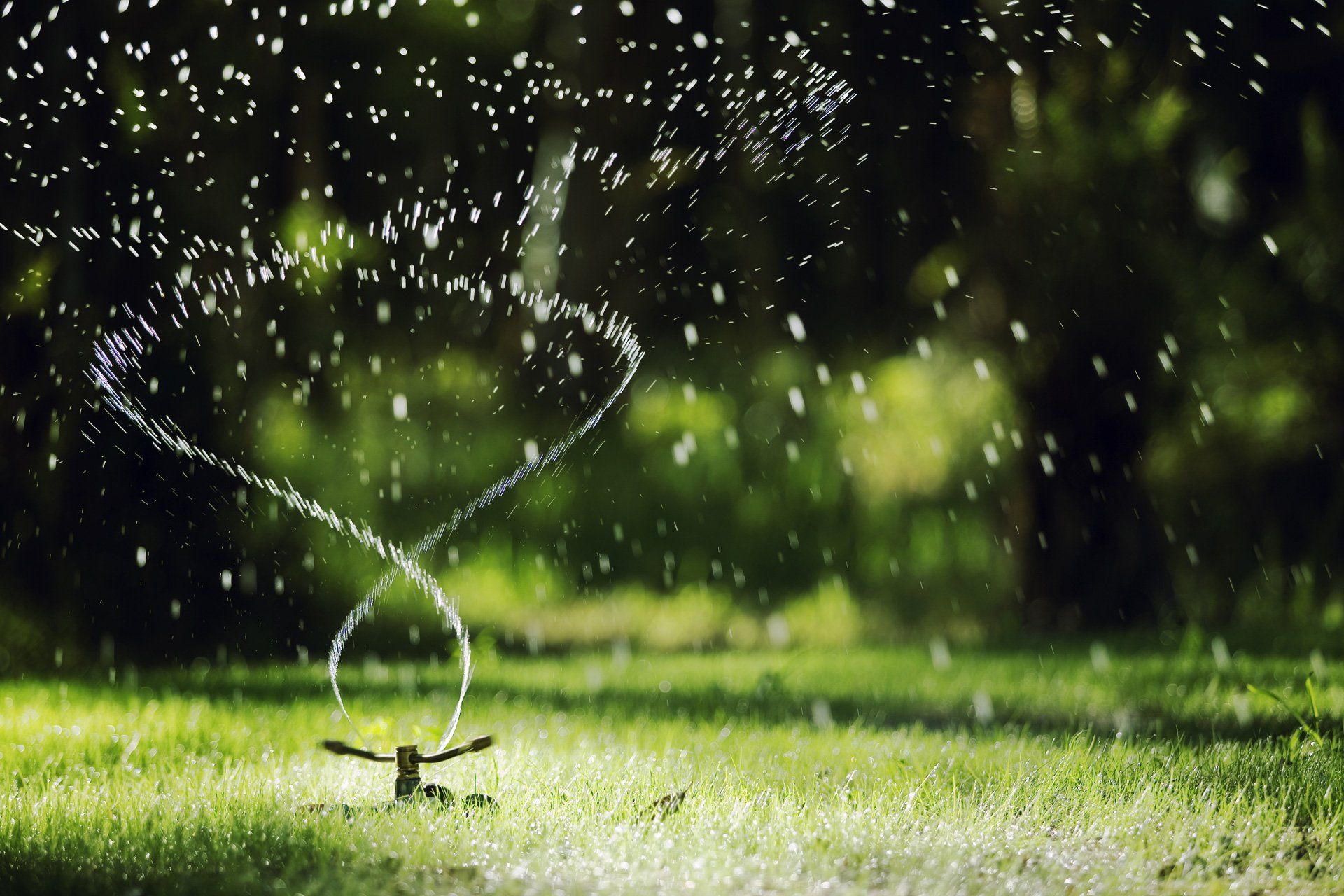Your Lawn and Wintertime: What to Know
- By Admin
- •
- 06 Dec, 2022
- •

A beautiful lawn is not just for aesthetics. A healthy lawn helps to maintain air quality by creating oxygen. Your lawn is also a perfect place to escape the everyday hustle and bustle. And if you wish to sell your property in the future, having a healthy lawn will increase its curb appeal and add to the property's value.
However, maintaining a healthy lawn takes work — especially during the winter. Understand how cold affects the lawn and how to handle lawn care during cold months.
How Does Cold Affect Your Lawn?
For grass to grow, it needs sunlight, water, and warm temperatures. Unfortunately, the cold weather of winter shuts down all growth of your lawn. As a result, your grass becomes dormant to protect itself from extreme conditions.
During dormancy, your grass will appear brown and dead. But that's natural, and with proper lawn care, the plants will green up again in spring.
Some grass types, such as fescue, thrive in cold weather, so don't be alarmed if your lawn looks greener than usual during winter.
How Do Your Care for Your Lawn During Cold Months?
Learn some helpful tips to keep your lawn healthy during winter.
Aerate
Aerating helps water, oxygen, and nutrients reach the grassroots. The step also alleviates compaction from foot traffic or heavy yard equipment.
Aeration is best in early fall before the first frost. But if you didn't get around to it, don't worry — you can still aerate your lawn in winter. Just be sure to do it when the ground isn't frozen solid.
To aerate, use a spade to make holes in your lawn. You may also use an aerator, which you can rent from a hardware store.
Water
Watering encourages your grass to grow deep roots, which are more drought-resistant. First, rake away any dead leaves or debris on your lawn. Then, use a garden hose to water the grass and soak the roots. Mulch the area around your plants to help retain moisture. Water sparingly in winter since the grass is dormant.
Fertilize
Fertilizing in winter helps your lawn store the nutrients it will need for spring growth. Use a slow-release fertilizer designed for winter conditions. Apply the fertilizer when the ground isn't frozen and no chance of snow or rain is in the forecast.
Choose a nitrogen-rich fertilizer, especially if the soil is frozen. As the soil freezes, it prevents the roots from taking in nitrogen. As a result, the lawn needs more nitrogen to green up in spring.
Mow Low
Mowing low helps your grass to withstand harsh winter conditions. The step also reduces the amount of surface area exposed to extreme temperatures.
Long grass can quickly smoother itself in the cold, which increases the risk of diseases and exposure to thawing and freezing cycles.
When mowing your lawn in winter, set the blades lower than usual. But be cautious not to cut the grass too low, as it could damage the plants.
Seed and Sod
If you have patches of dead grass, now is an excellent time to seed or sod your lawn. The key is to work on the lawn when the ground isn't frozen.
To prepare for spring, you may even spread seeds during the cold months, even if the ground has snow cover.
Following these tips, you can maintain a healthy lawn during winter and ensure it's ready for spring growth. But, most importantly, consult a lawn care professional if you're unsure about the best way to care for your lawn during cold weather.
You can trust us at Wright Turf for all your lawn maintenance needs. We have a team of experienced professionals who are passionate about lawn care. We can care for your lawn on your behalf and answer any questions you may have about lawn care. Contact us today for a consultation.
However, maintaining a healthy lawn takes work — especially during the winter. Understand how cold affects the lawn and how to handle lawn care during cold months.
How Does Cold Affect Your Lawn?
For grass to grow, it needs sunlight, water, and warm temperatures. Unfortunately, the cold weather of winter shuts down all growth of your lawn. As a result, your grass becomes dormant to protect itself from extreme conditions.
During dormancy, your grass will appear brown and dead. But that's natural, and with proper lawn care, the plants will green up again in spring.
Some grass types, such as fescue, thrive in cold weather, so don't be alarmed if your lawn looks greener than usual during winter.
How Do Your Care for Your Lawn During Cold Months?
Learn some helpful tips to keep your lawn healthy during winter.
Aerate
Aerating helps water, oxygen, and nutrients reach the grassroots. The step also alleviates compaction from foot traffic or heavy yard equipment.
Aeration is best in early fall before the first frost. But if you didn't get around to it, don't worry — you can still aerate your lawn in winter. Just be sure to do it when the ground isn't frozen solid.
To aerate, use a spade to make holes in your lawn. You may also use an aerator, which you can rent from a hardware store.
Water
Watering encourages your grass to grow deep roots, which are more drought-resistant. First, rake away any dead leaves or debris on your lawn. Then, use a garden hose to water the grass and soak the roots. Mulch the area around your plants to help retain moisture. Water sparingly in winter since the grass is dormant.
Fertilize
Fertilizing in winter helps your lawn store the nutrients it will need for spring growth. Use a slow-release fertilizer designed for winter conditions. Apply the fertilizer when the ground isn't frozen and no chance of snow or rain is in the forecast.
Choose a nitrogen-rich fertilizer, especially if the soil is frozen. As the soil freezes, it prevents the roots from taking in nitrogen. As a result, the lawn needs more nitrogen to green up in spring.
Mow Low
Mowing low helps your grass to withstand harsh winter conditions. The step also reduces the amount of surface area exposed to extreme temperatures.
Long grass can quickly smoother itself in the cold, which increases the risk of diseases and exposure to thawing and freezing cycles.
When mowing your lawn in winter, set the blades lower than usual. But be cautious not to cut the grass too low, as it could damage the plants.
Seed and Sod
If you have patches of dead grass, now is an excellent time to seed or sod your lawn. The key is to work on the lawn when the ground isn't frozen.
To prepare for spring, you may even spread seeds during the cold months, even if the ground has snow cover.
Following these tips, you can maintain a healthy lawn during winter and ensure it's ready for spring growth. But, most importantly, consult a lawn care professional if you're unsure about the best way to care for your lawn during cold weather.
You can trust us at Wright Turf for all your lawn maintenance needs. We have a team of experienced professionals who are passionate about lawn care. We can care for your lawn on your behalf and answer any questions you may have about lawn care. Contact us today for a consultation.
If you manage or intend to build a playing field, you'll want visually appealing and long lasting sod that requires minimal maintenance. Read for more.
A variety of pests can wreak havoc on your lawn, turning it from a source of pride to a patchwork of problems. Read this blog to find out more about them.
Landscapers can help get your soil ready for sod planting. Discover five solutions they might recommend and implement to get soil ready for sod.
Some individuals are hesitant to try sod due to the various myths surrounding the installation. Read this blog on myths to determine if sod is for you.
If you have a pet dog, you need to take special care of your sod. Learn to balance your pet's needs with the needs of your lawn today.
A brown spot interrupt the beautiful, green lawn you work so hard to cultivate. Learn a few common causes and remedies for these dead spot downers.
If your grass takes forever to grow even after you follow all the instructions, two common problems may be the cause. Learn how to fix these issues.










